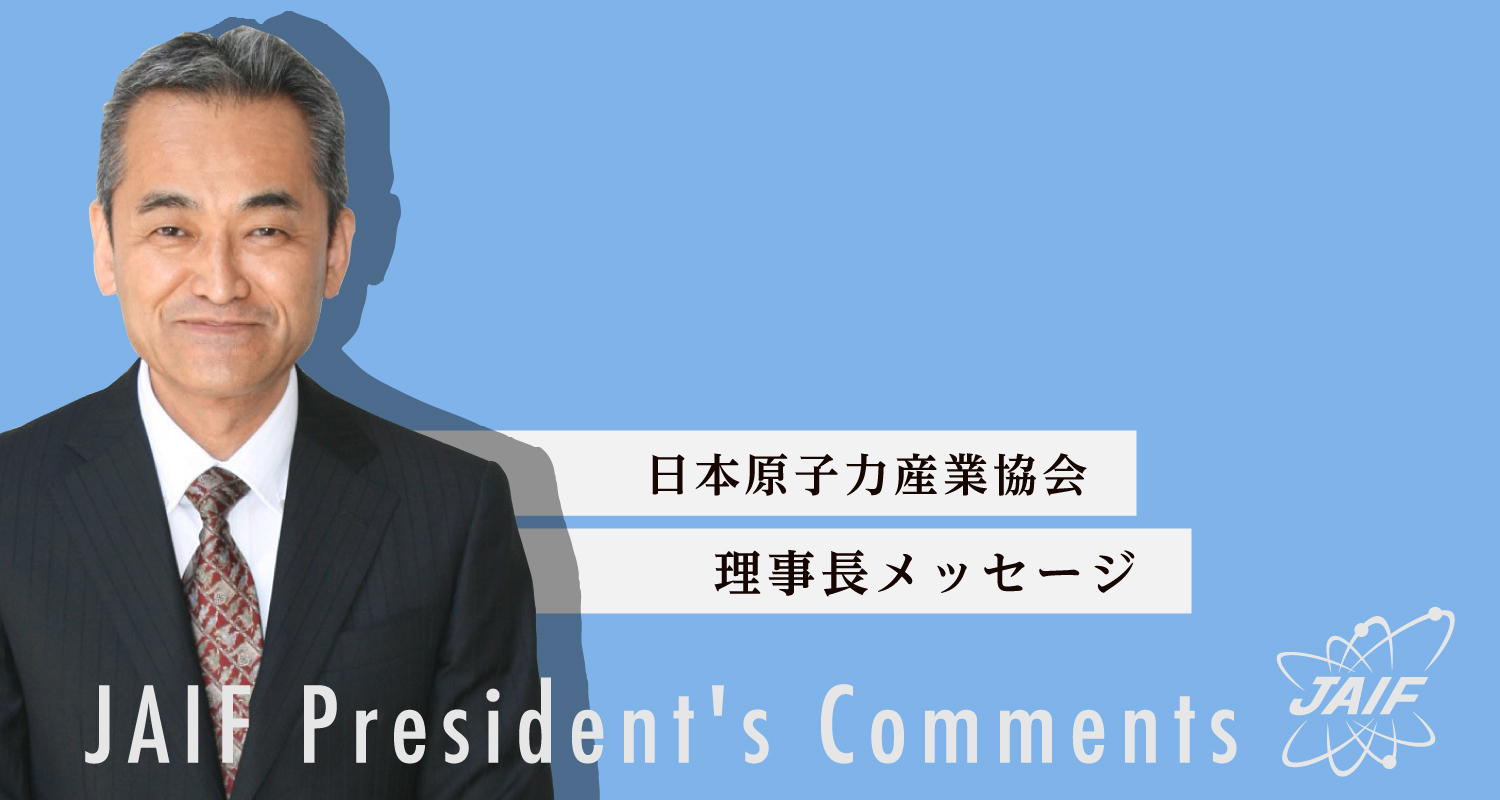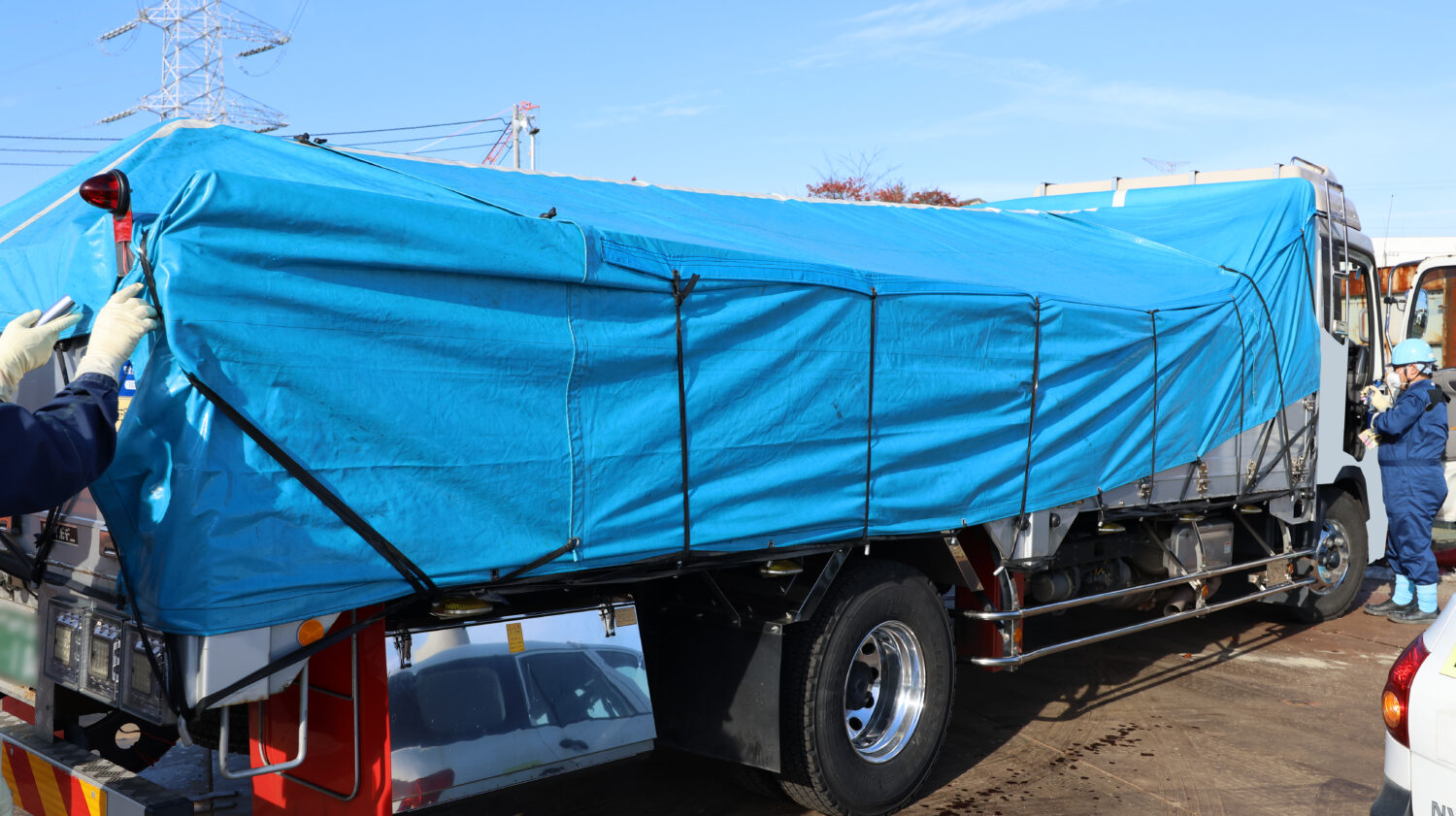Sae Ochi, M.D., M.P.H., Ph.D.
Lecturer, Department of Laboratory Medicine, The Jikei University School of Medicine
Attending Physician, Soma Central Hospital
On September 15, those were the top two articles from a Google Japan search in Japanese for “Fukushima” plus “radioactivity.” Objective data, including a map of radioactivity distributions, was third. I cannot but feel that unfounded fears and rumors about Fukushima remain firmly rooted. And speaking out against them—about the calm recognition of facts and correct knowledge—is not enough to eliminate the vague sense of terror associated with Fukushima. That is what we have learned over the past seven years.
No matter how they are explained, and no matter how easy they are to understand, ‘facts’ cannot always be conveyed.
That is a frustration felt by all who battle against unfounded rumors and fears. What are “facts,” then? There seems to be a great separation between scientific truth and social fact.
Statistics and Outliers
“My acquaintances A-san and B-san got cancer soon after the accident at the nuclear power station. How can I believe it when I’m told how low the radiation level is?”
Unless the speaker lied, that kind of personal experience is as much a “fact” for him or her as are statistical data. For people who live in Fukushima, how can they believe that numerical information prepared by a scientist or someone from an administrative office is more reliable than information based on the personal experiences of the people whom they know?
Statistical data, in order to be scientifically reliable, always exclude outliers. That is what is expected so as to avoid having a mean value distorted by outliers and misrepresenting the general truth. I think social facts—that is, the lives of individual people and the original point of humanity—may exist as outliers rather than as mean values.
Measurements and statistical data are closer to facts than personal experiences. However, that may be common sense only to scientists.
Risk and Time
Another reason for unfounded rumors and fears is biased risk recognition; that is, the extreme fear of radioactivity per se. How much risk one feels is absolutely up to the individual concerned. It would be brainwashing to try to make everyone feel “assured.”
Nevertheless, I often hear this kind of comment: “Even though I know that very well, I still have a fuzzy feeling in my mind.”
There must be many people who can “understand,” but who, when confronted by “something fuzzy”—a risk—cannot find a middle ground within themselves.
We talk about the risk of death, the risk of cancer, and any potential development or phenomenon in terms of probability. That is because we don’t really know if they will happen in the future. When we talk about probabilities, we are talking about a future that is not fixed; moreover, those probabilities are not facts, no matter how high they may be. In other words, what separates probability (a 99.99% chance that A will occur) and fact (the future will be A) is not just the 0.01%, but an unsurmountable wall between present and future. Those who are accustomed to dealing with probabilities tend to argue without explaining the premises of their argument. Consequently, they may ignore the feelings of those who don’t know how to face the uncertainty of probability.
Responsibility for Explaining the Unknowable
Statistical data cannot convey individual experiences. Probability cannot decide the future. That is a limitation of science itself. That unknowability—things beyond the ken of human beings—can be regarded as the essence of science. That scientists have not carefully explained the concept of unknowability to the public may be one of the reasons for the unfounded rumors and fears in Fukushima.
A problem for the public is that people don’t expect experts and specialists to say that they themselves “do not know.” Nevertheless, scientists have limited themselves too much in Fukushima to what they can say they do “know,” and I feel that that has quickly deprived the public of opportunities to confront, discuss and come to terms with the unknowability of individual variations and uncertainty.
Now that the Japanese society is moving ahead on restarting nuclear power plants, I wonder if the public would be able to avoid the social disorder that occurred in the Fukushima disaster—associated with over 3,000 deaths—if another accident like it recurred. Unfortunately, looking at the current situation, I can only reply “no.” One reason is that discussions of disaster control measures have not included the “common sense” that facts and the future cannot be completely ascertained from scientific measurements alone. However low the probability may be, a massive earthquake and tsunami could happen, as could a nuclear accident. Precisely because the future is and cannot be known, second and third “arrows” must also be prepared. When it comes to nuclear disasters, the basics of disaster prevention have not been fully discussed.
In Fukushima, not only what is known, but also what is not known, must be explained both objectively and logically in an easily understood manner. The responsibility to explain the unknowable is the role of scientists in building a flexible society.






















